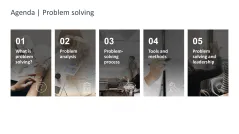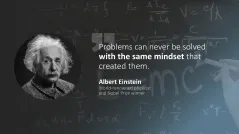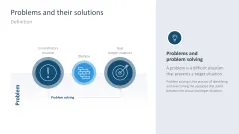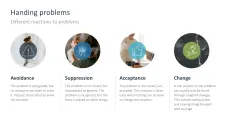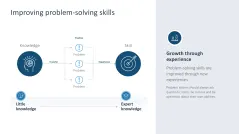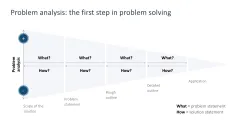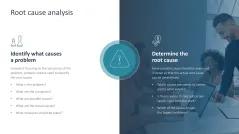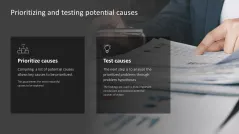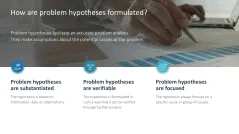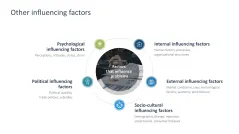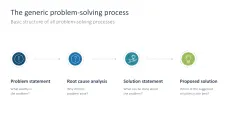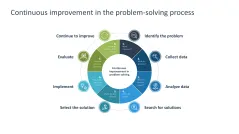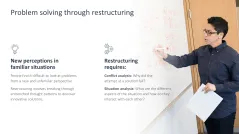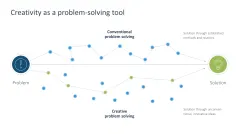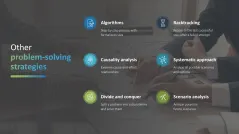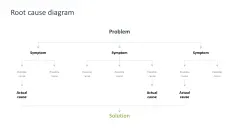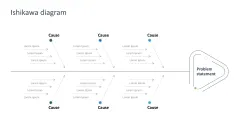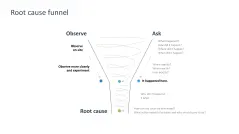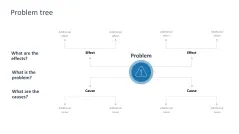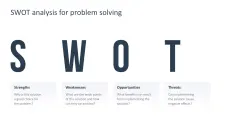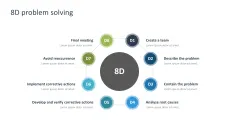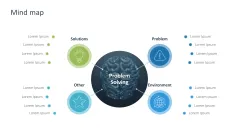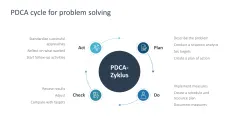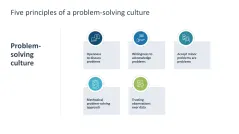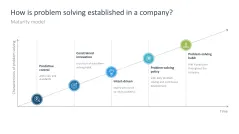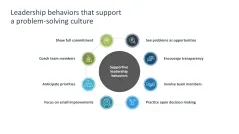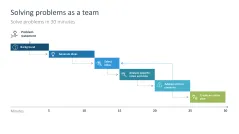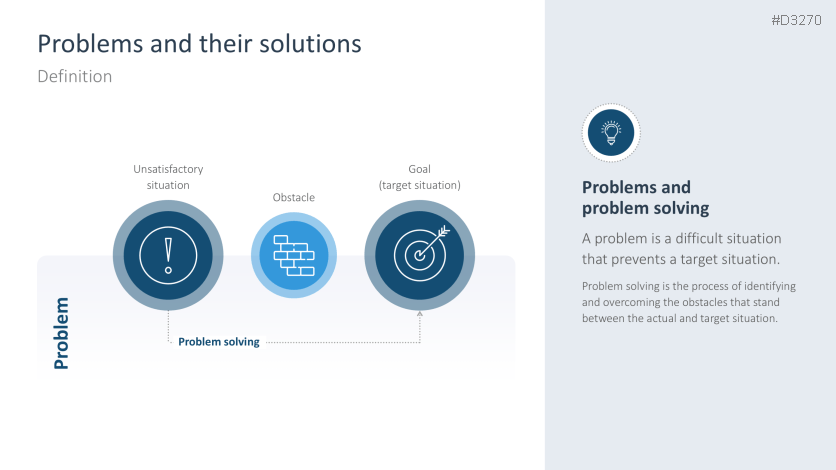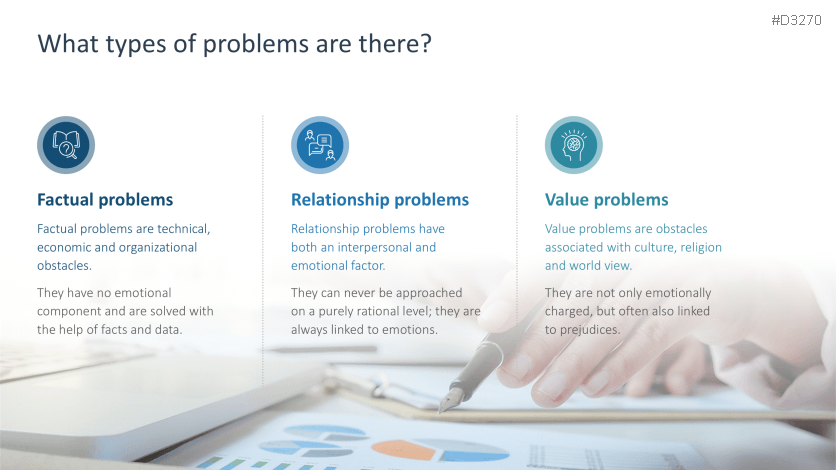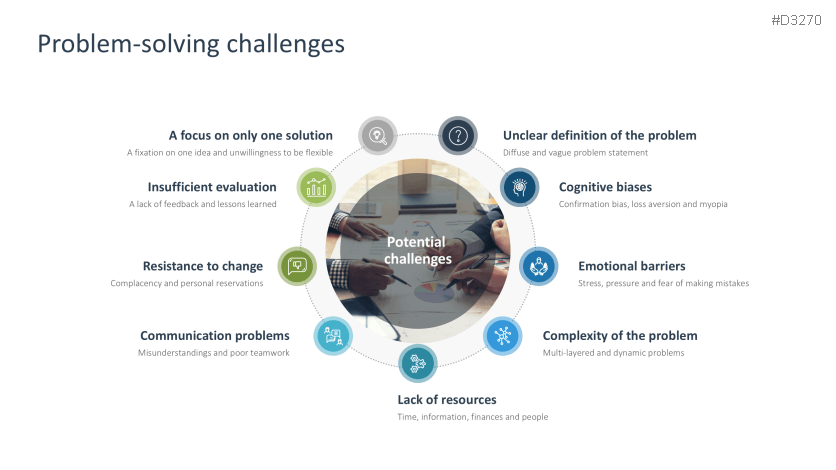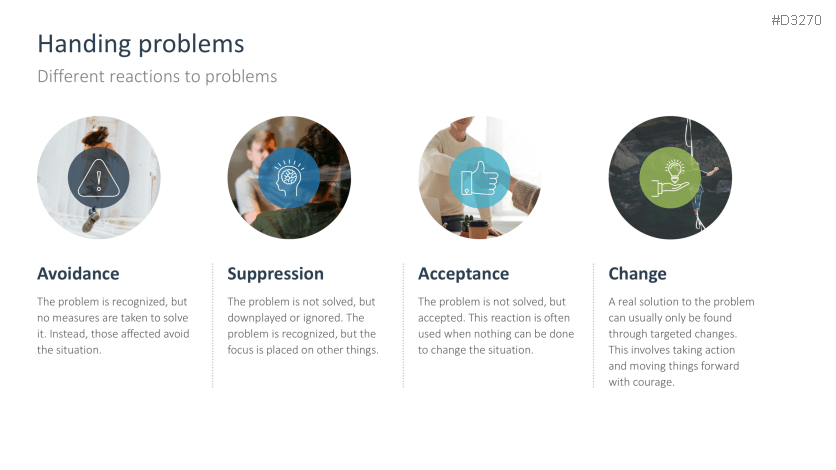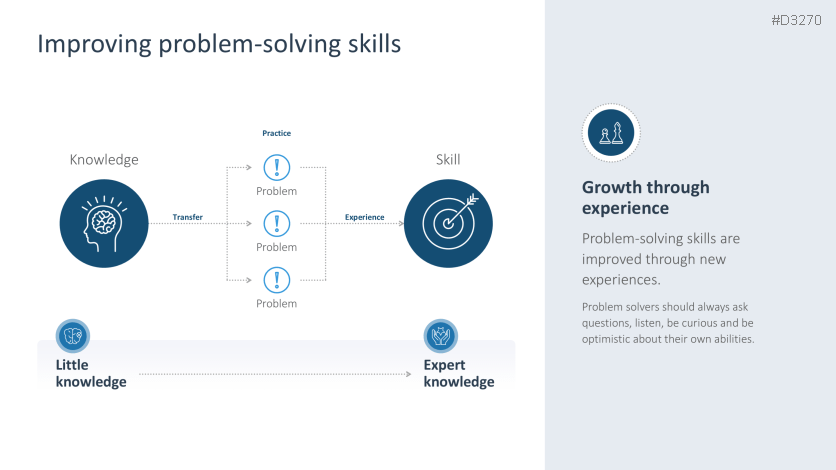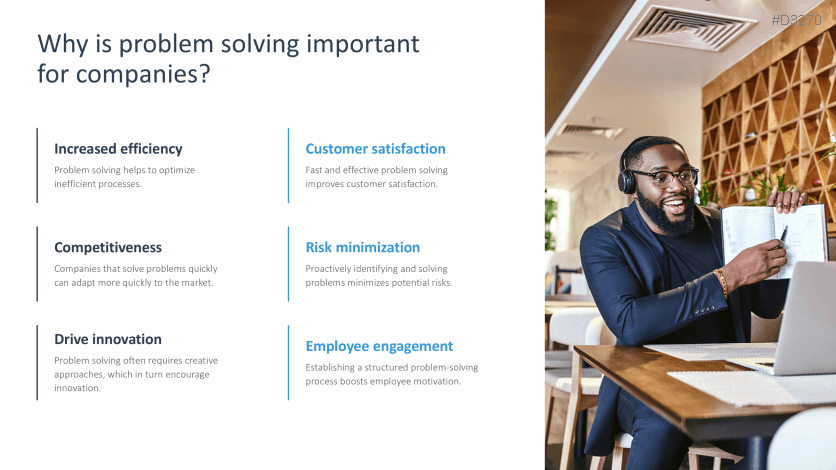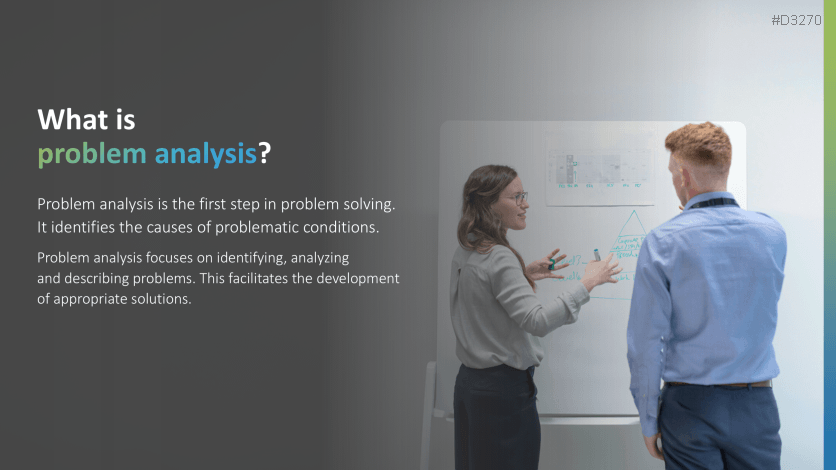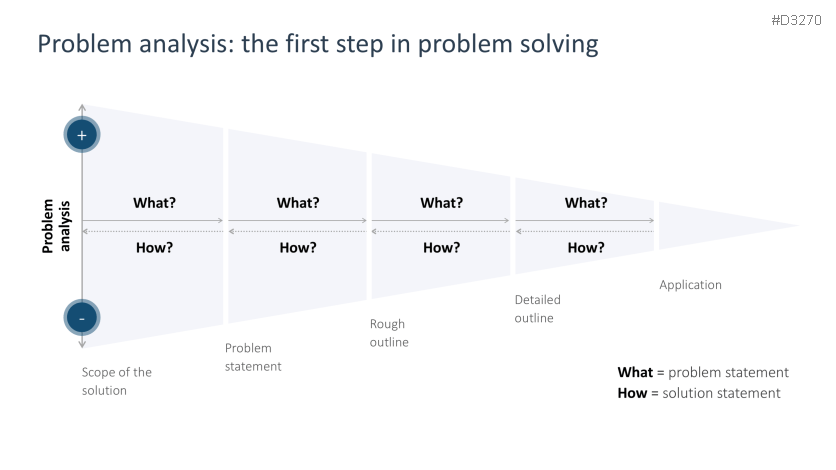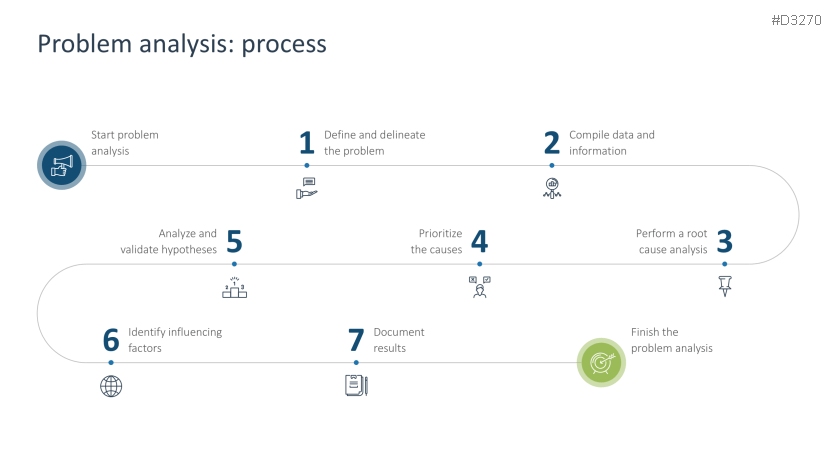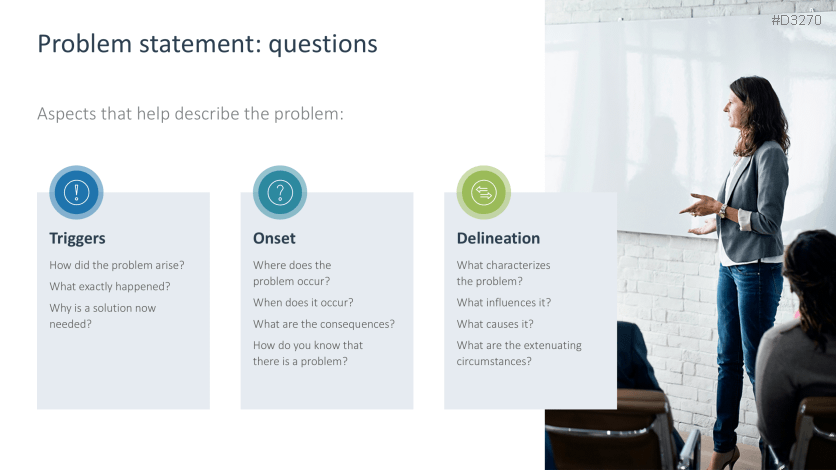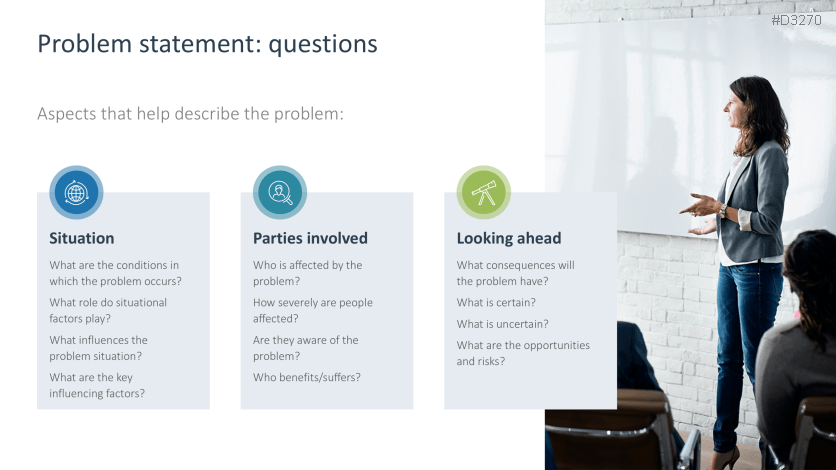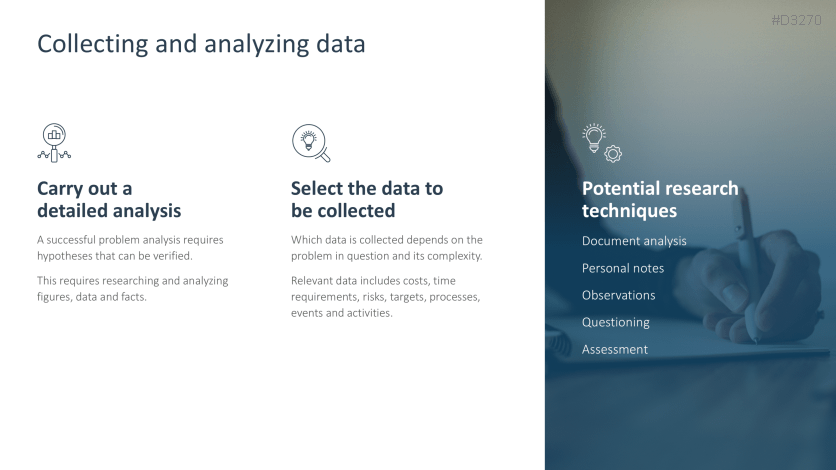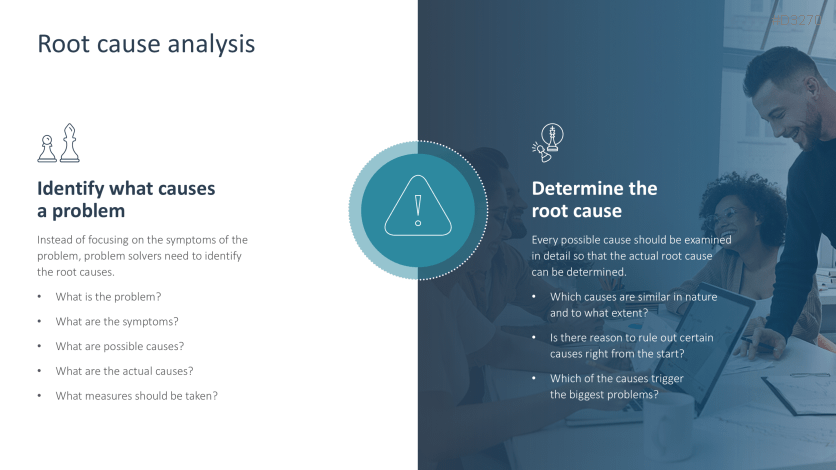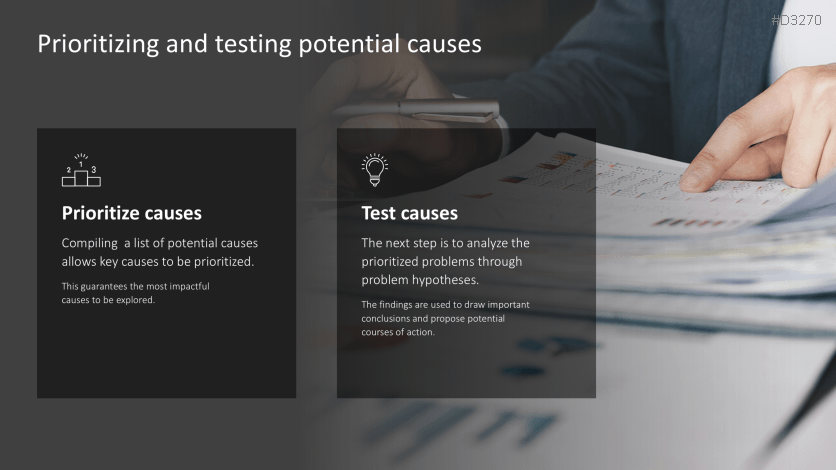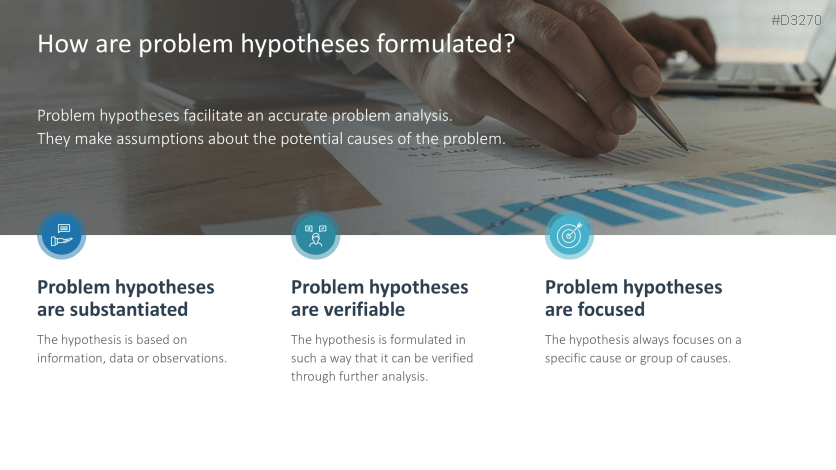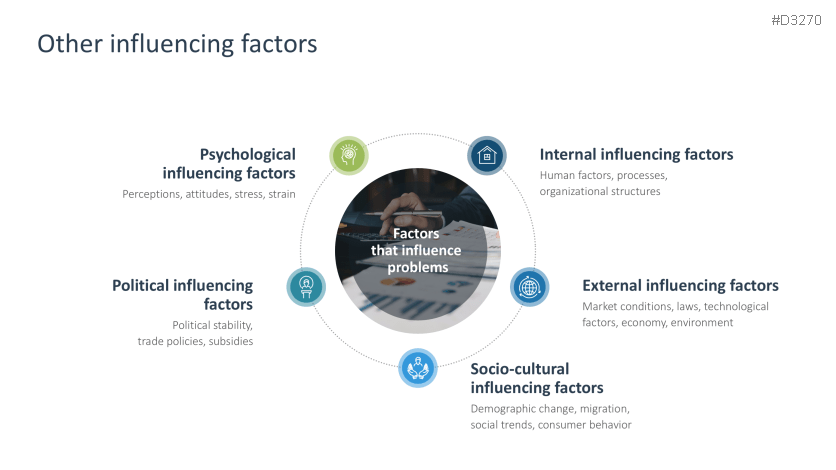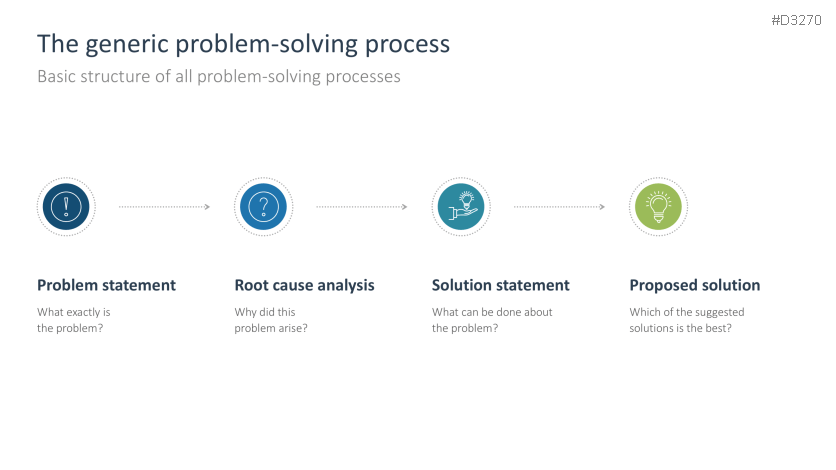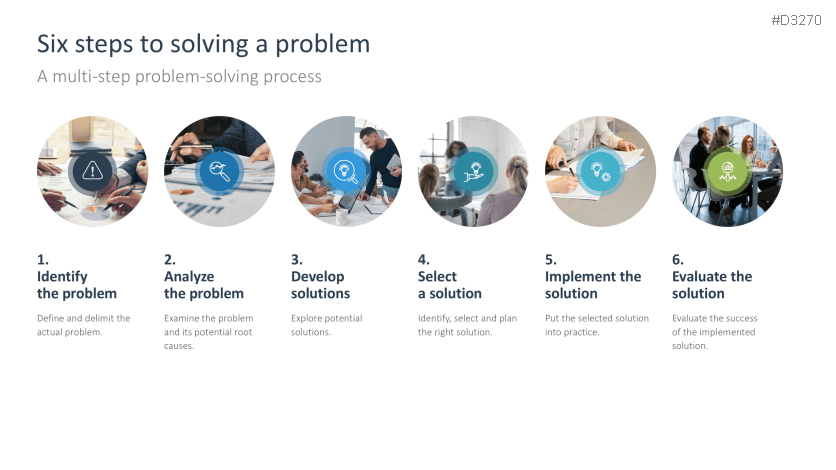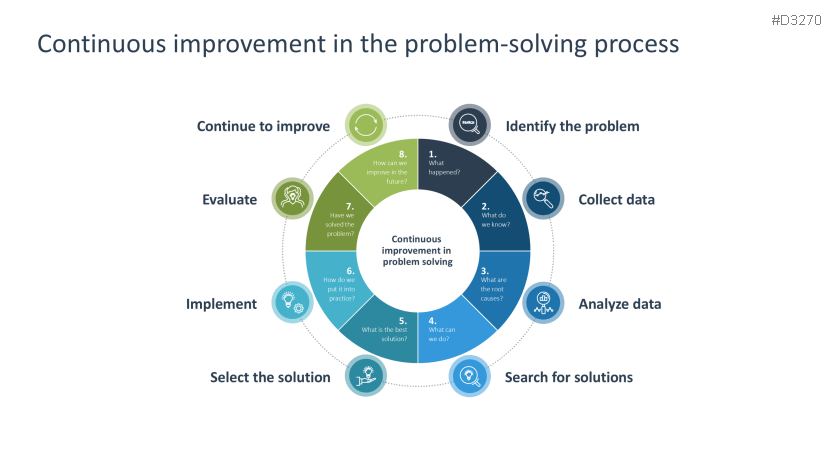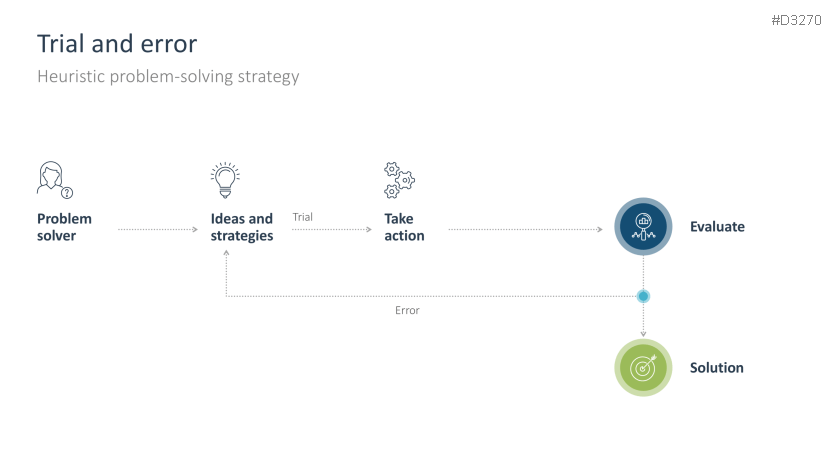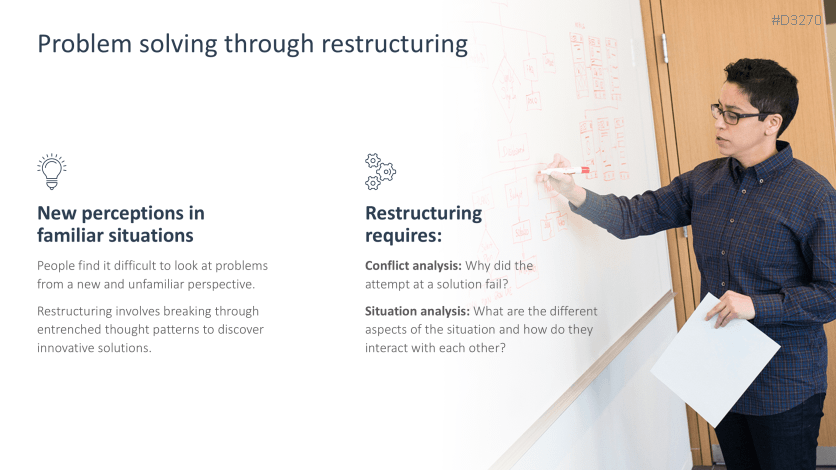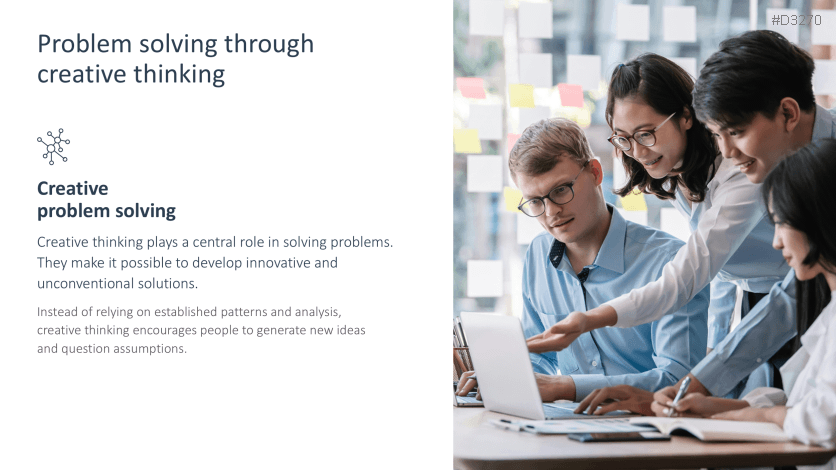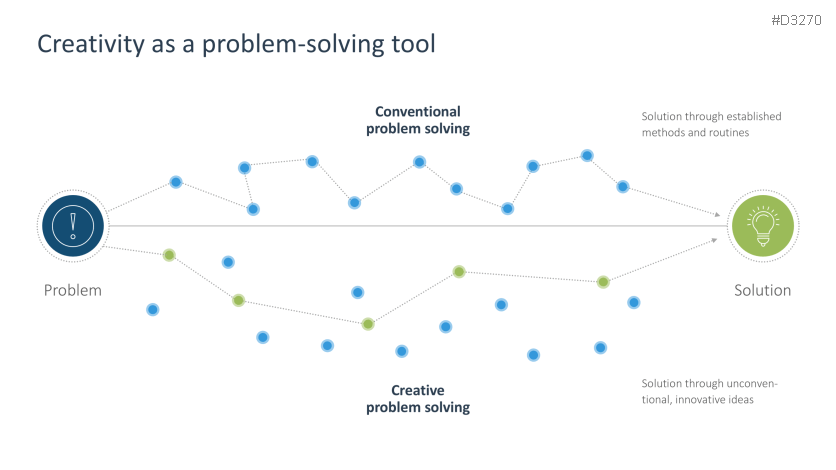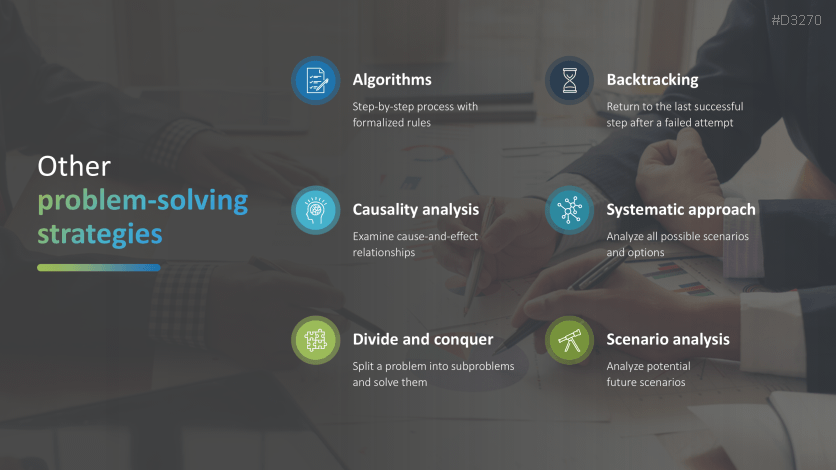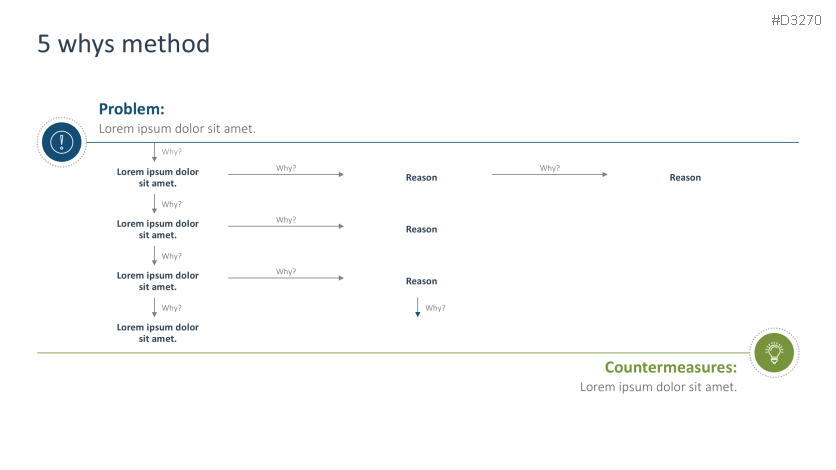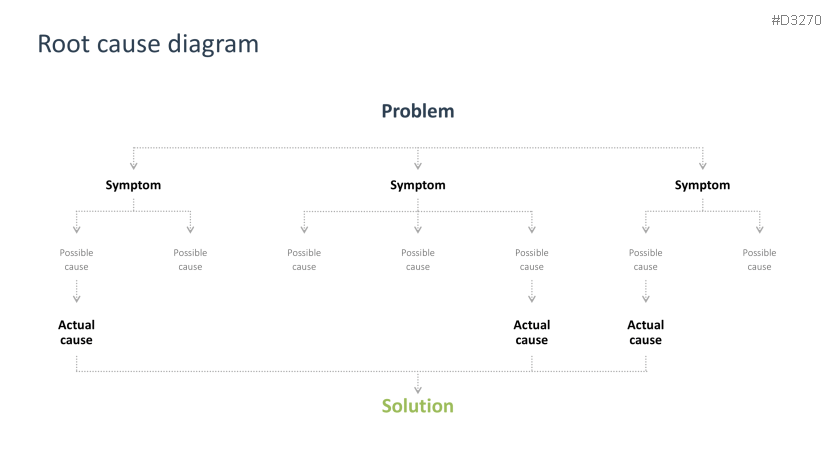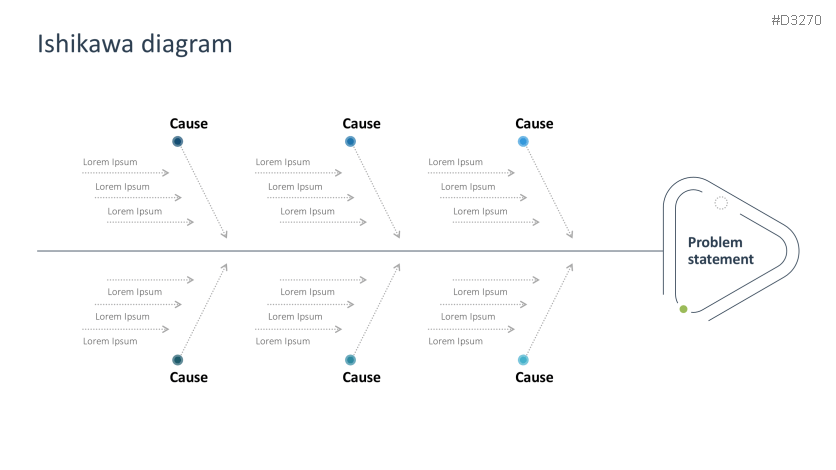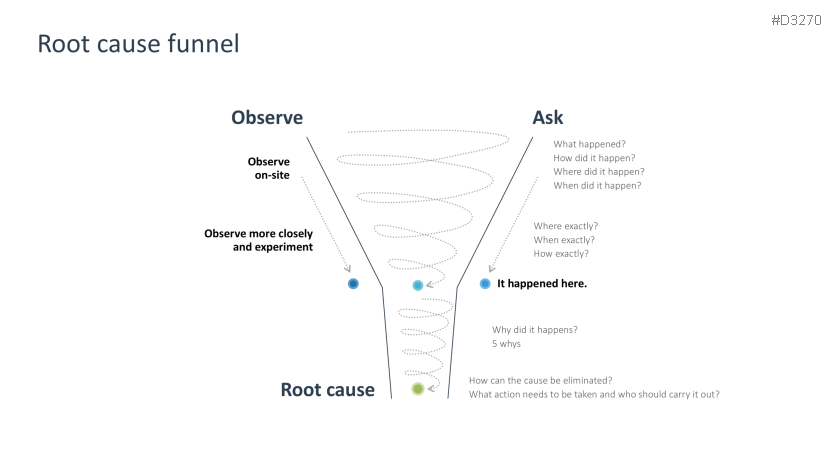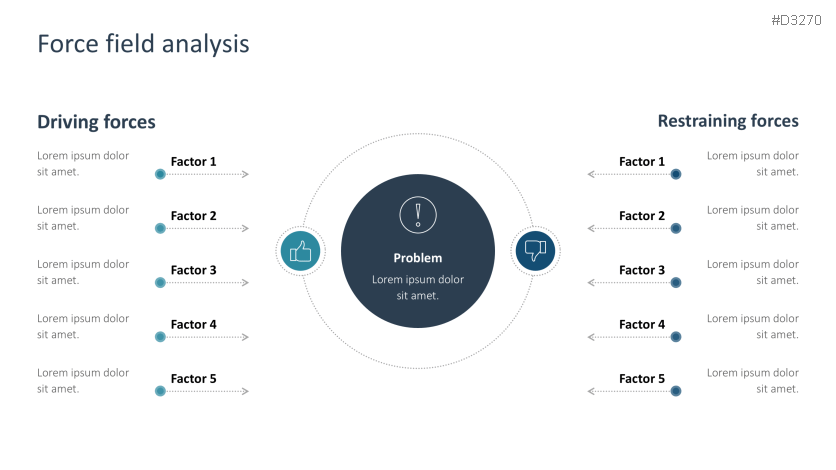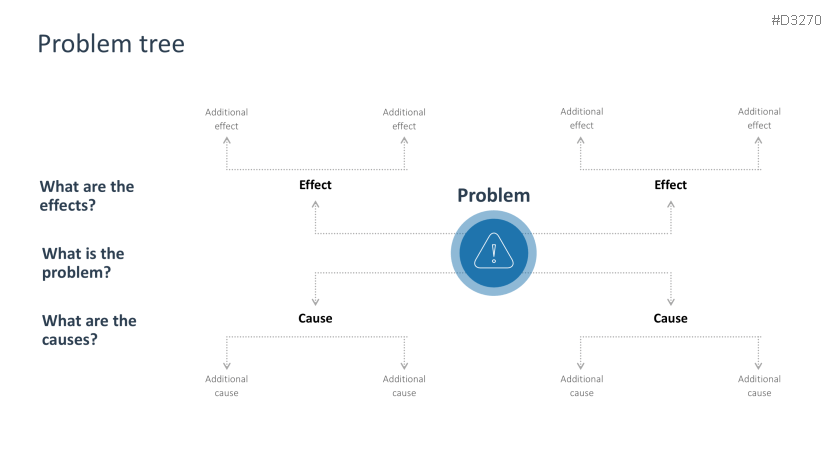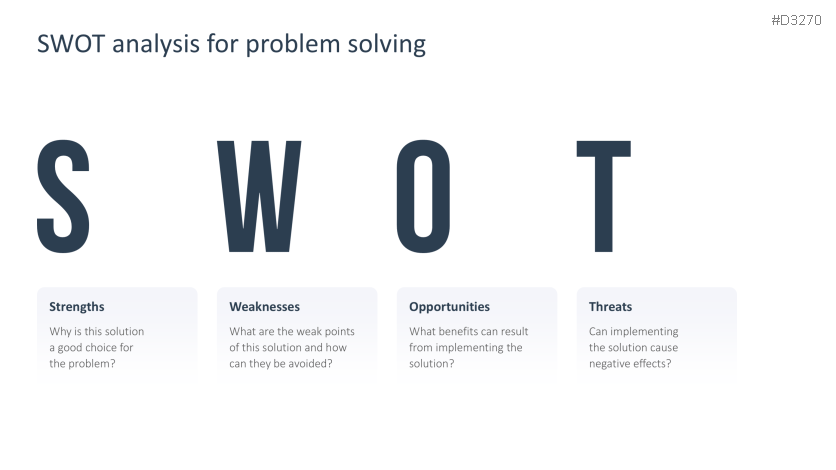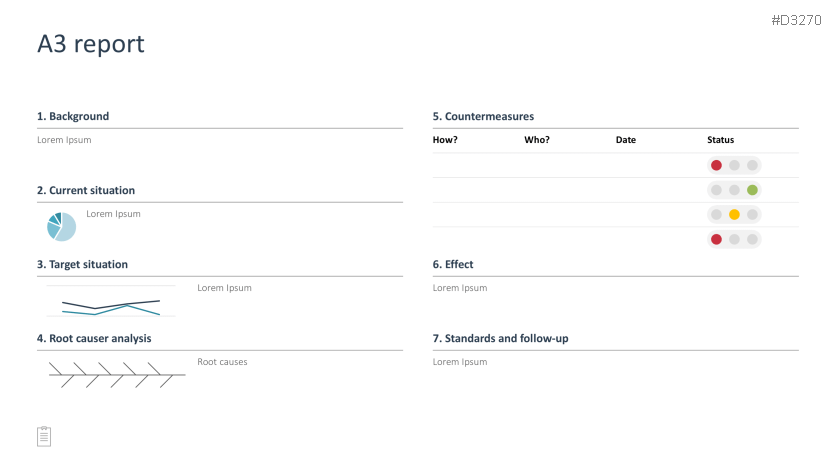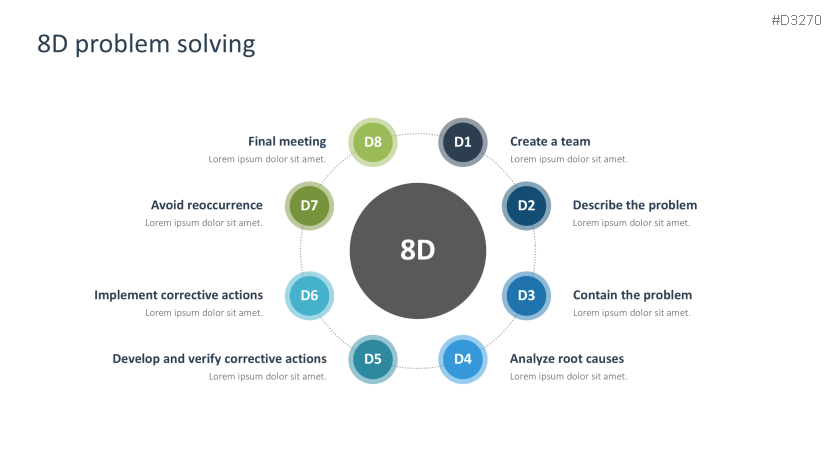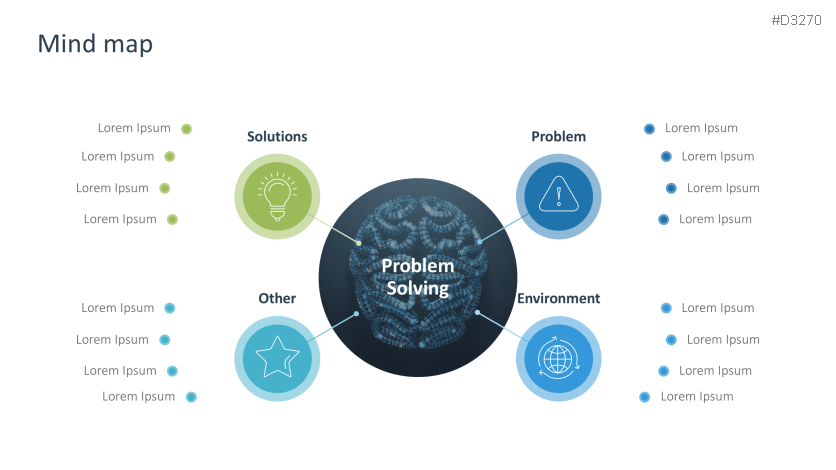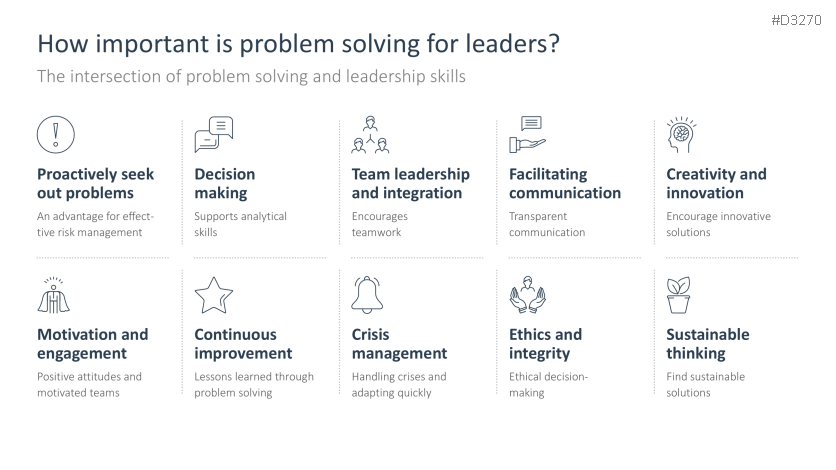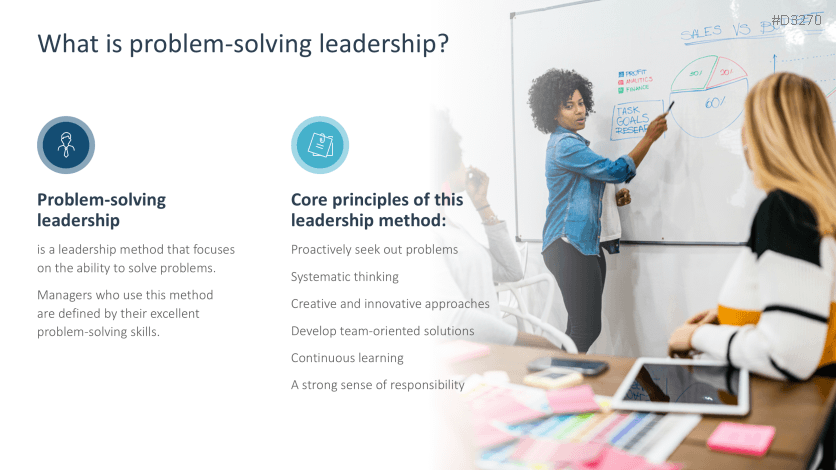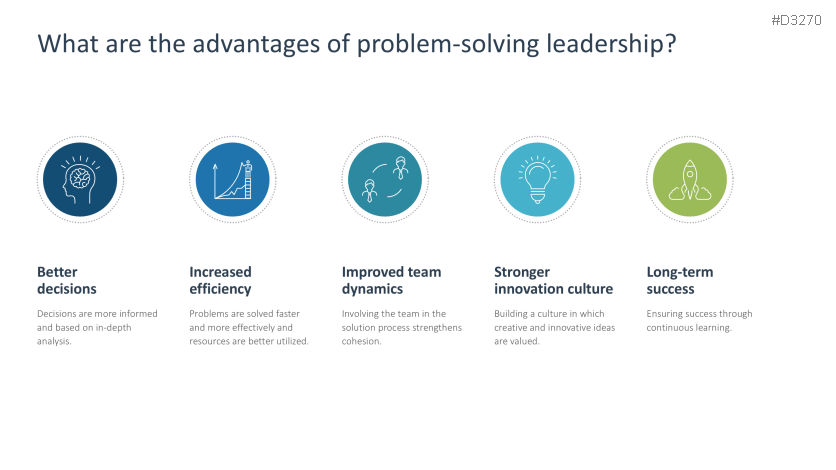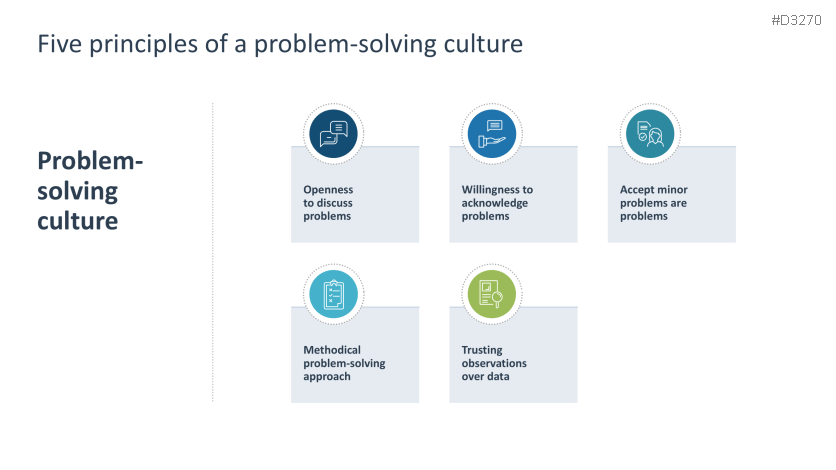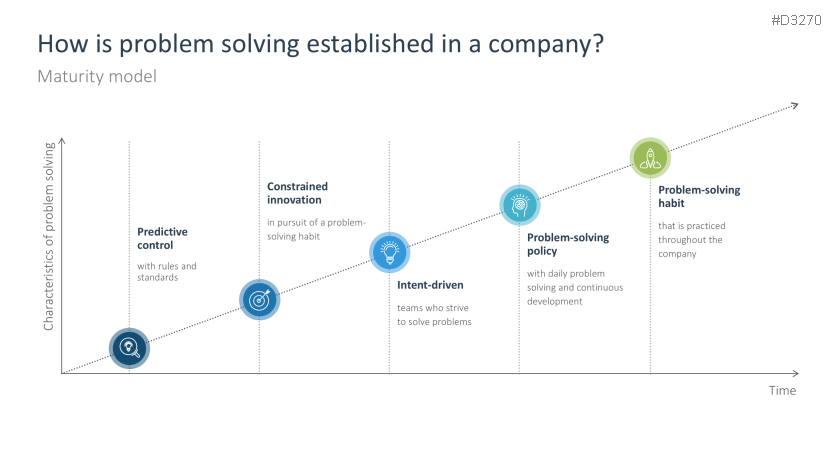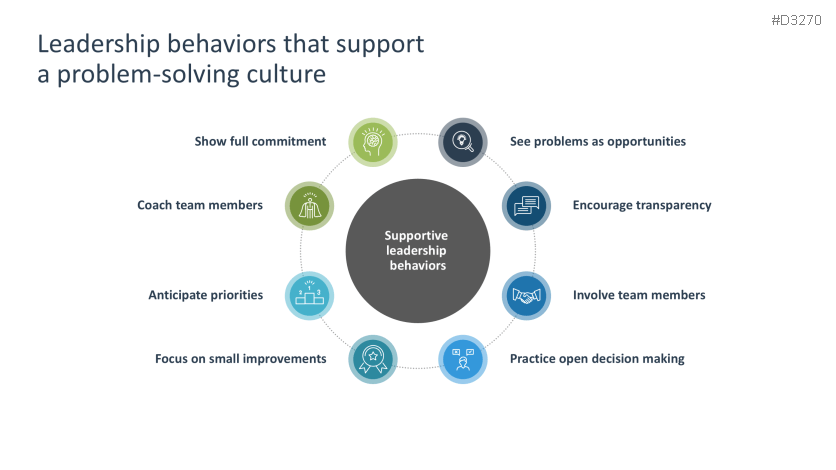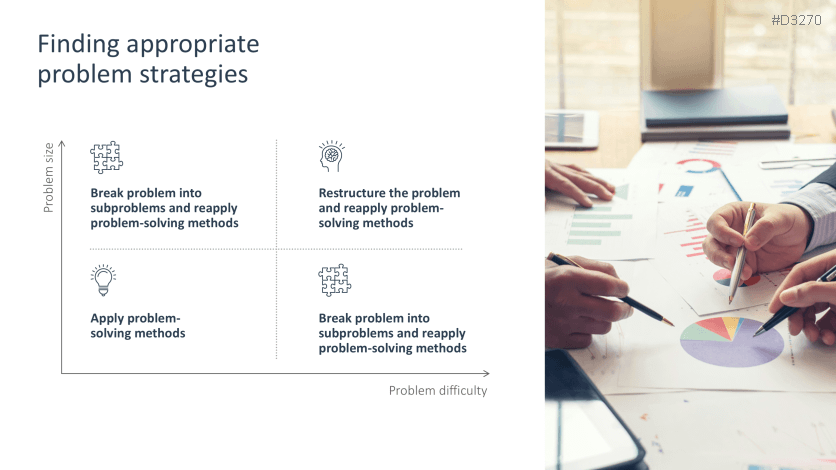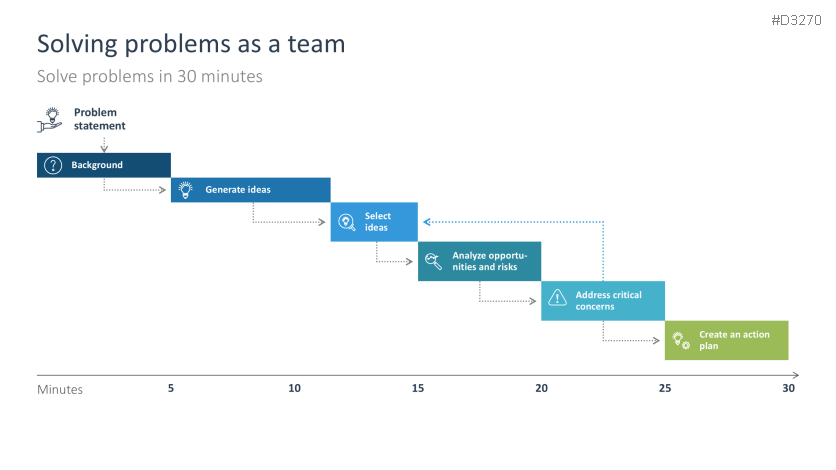
What is problem solving?
Problem solving is the systematic process of identifying, analyzing and solving challenges and difficulties. It involves recognizing a problem, collecting relevant information, developing and evaluating potential solutions, and implementing and reviewing the chosen solution. Effective problem solving requires analytical thinking, creativity and often teamwork to ensure that problems are resolved efficiently and with lasting effect.
Problem analysis and problem solving
Problem analysis and problem solving are crucial steps in dealing with challenges. A problem analysis focuses on pinpointing the problem and investigating it thoroughly to understand its causes and effects. This involves gathering information, evaluating data and identifying root causes. This analysis is followed by problem solving, where strategies are developed, evaluated and implemented to resolve the problem. The goal is to find an effective solution that delivers positive, long-term results.
Problem-solving leadership
Problem solving and leadership go hand in hand. Successful leaders must be capable of proactively identifying and overcoming challenges. Leaders with strong problem-solving skills can guide their teams through demanding situations, develop innovative solutions and boost employee motivation and confidence. Through targeted problem-solving, they not only contribute to the company’s goals, but also promote a culture of continuous improvement and adaptability within the team.
Everything on problem solving in one template
Download our Problem Solving PowerPoint template and access valuable information about problems and problem solving. Present the several types of problems, the importance of problem-solving skills for your organization and how these skills can be improved. You will also receive selected problem-solving tools and methods that can be used directly in PowerPoint and presented to your audience – all with just a few clicks!
With this PowerPoint template, you can
- present key information on problem solving.
- emphasize the importance of problem solving for companies, management and employees.
- use selected problem-solving tools and methods.
This PowerPoint template includes:
- Quote
- What is problem solving?
- Problems and their solutions
- Types of problems
- The role of motivation and emotion
- Problem-solving challenges
- Handing problems
- Problem-solving skills
- Improving problem-solving skills
- Why is problem solving important for companies?
- Problem analysis
- What is problem analysis?
- Problem analysis: the first step in problem solving
- Problem analysis: process
- Problem statement: questions
- Collecting and analyzing data
- Root cause analysis
- Prioritizing and testing potential causes
- Other influencing factors
- Problem-solving process
- The generic problem-solving process
- Six steps to solving a problem
- Continuous improvement in the problem-solving process
- Problem-solving strategies from psychology
- Heuristics
- Trial and error
- Restructuring
- Creative thinking
- Creativity as a problem-solving tool
- Other problem-solving strategies
- Tools and methods
- 5 whys methods
- Root cause diagram
- Ishikawa diagram
- Root cause funnel
- Force field analysis
- Problem tree
- SWOT analysis for problem solving
- A3 report
- 8D problem solving
- Mind map
- PDCA cycle for problem solving
- Problem solving and leadership
- How important is problem solving for leaders?
- Potential business problems
- Problem-solving leadership
- Advantages of problem-solving leadership
- Five principles of a problem-solving culture
- Problem-solving maturity model
- Supportive leadership behavior
- Finding appropriate problem strategies
- Solving problems as a team

